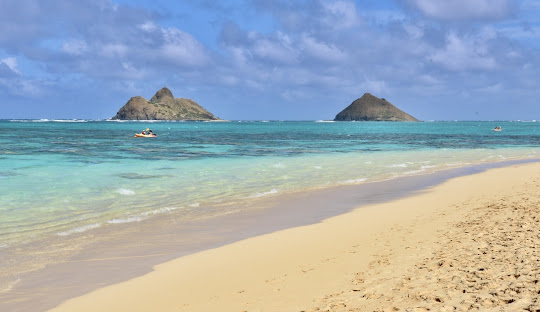
Exploring Honolulu’s Neighborhoods: From Historic Districts to Modern Developments
Posted by on
Honolulu is a vibrant and diverse city, home to a variety of neighborhoods, districts, and boroughs, each with its own character and significance.
Downtown Honolulu
As Hawaii’s financial, commercial, and governmental hub, Downtown Honolulu features skyscrapers, historic landmarks, and key institutions. The area is dominated by First Hawaiian Center, the city’s tallest building at 438 feet (134 m), located at Bishop and King Streets. On the waterfront, Aloha Tower, once the tallest structure in Hawaii, stands as a historic icon. The Hawaiʻi Pacific University (HPU) Downtown Campus is also located here, adding to the district’s educational importance.
Capitol District
Situated in eastern Downtown, the Capitol District serves as the political heart of Hawaii. It houses the Hawaii State Capitol, ʻIolani Palace, Honolulu Hale (City Hall), the Hawaii State Library, and the King Kamehameha I statue. This district remains a center of governance and cultural heritage in Honolulu.
Arts District & Chinatown
Honolulu’s Arts District is located on the eastern edge of Chinatown, covering 12 blocks from Bethel to Smith Streets and between Nimitz Highway and Beretania Street. This area is a cultural hotspot, home to galleries, theaters, and historic buildings within the Chinatown Historic District. The district includes the former Hotel Street Vice District, once a hub of nightlife and entertainment.
Kakaʻako: A Rapidly Growing Urban Center
Once an industrial zone, Kakaʻako is undergoing a massive redevelopment into a modern urban center. It features major retail areas like Ward Warehouse and Ward Center, set to transform into Ward Village under a multi-year development by the Howard Hughes Corporation. The area is also home to the John A. Burns School of Medicine (University of Hawaiʻi at Mānoa) and the Ehime Maru Memorial at Kakaʻako Waterfront Park, honoring the victims of the 2001 Ehime Maru Incident.
Ala Moana: A Shopping and Leisure Hub
Located between Kakaʻako and Waikiki, Ala Moana is home to Ala Moana Center, the largest open-air shopping mall in the world, featuring over 300 retail stores and dining options. The district also houses the Honolulu Design Center and Ala Moana Beach Park, the second-largest park in the city, providing both shopping and recreational experiences.
From historic districts to modern developments, Honolulu’s neighborhoods showcase a rich blend of history, culture, and urban progress, making the city a dynamic and ever-evolving metropolis.